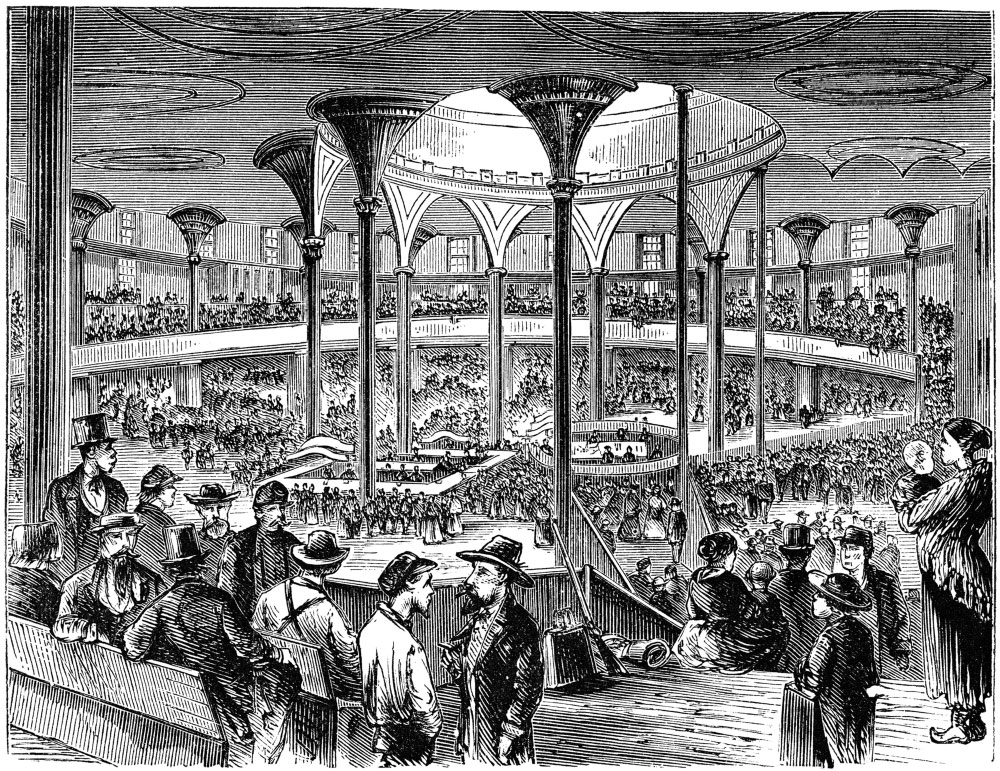Thanks to the Cleveland Public Library's excellent
necrology file, I found the above obituary for hubby's g-grandfather, John Slatter Sr. The source is not stated but is most likely the Cleveland Plain Dealer.
As I wrote earlier this month, I've been looking for his
death record but alas, I found out that the Cuyahoga County
probate court (Ohio) has nothing on him, and he's not in the statewide records either.
The nice folks at the probate court suggested that I contact the Cuyahoga County
Archives. I e-mailed them on Friday and, if all goes well, I hope to hear by mid-August about whether Mr. Slatter is in their records.** Mr. Slatter was born in England, as was his daughter, Mary Slatter Wood, but their home towns are a mystery right now.
Apparently the probate court gets many inquiries from family researchers, because the officials were kind enough to send me a 22-pg guide to the genealogy resources available at the Cleveland Public Library and other local places. Thank you!
**The Cuyahoga County Archives sent me a photocopy of the ledger book page where John Slatter's death is recorded, from August 12, 1901. No parents' names or hometown, sad to say, but a little new info: He was widowed at the time of his death, and retired. Cause of death was "hemorrhage of bowels" and his last illness had lasted for 6 mos. He was born in England, and his parents were born in England, if this record is accurate. He's buried in Woodland cemetery in Cleveland (see marker above).

Unfortunately, he's not among those listed in Woodland cemetery on Find-a-Grave. But by searching for John Slatter Woodland Cemetery Cleveland, I found the above record of burials in that cemetery, and there he is, along with the location of his grave. Also a mysterious notation "2/26/1895" that relates to "Louisa Slatter," a his second wife. She lived at 433 1/2 St. Clair when she died on Feb 26, 1895, was 46, white, native of England, and died of Brights disease. Um, not a native of England, as it turns out (2022 update).
2022 update: John is buried there...I've set up a Find a Grave
memorial page for him (and one for his second wife).



























